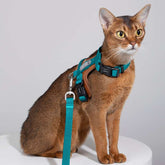Basic Cat Care 101: A Guide for First Time Cat Owners
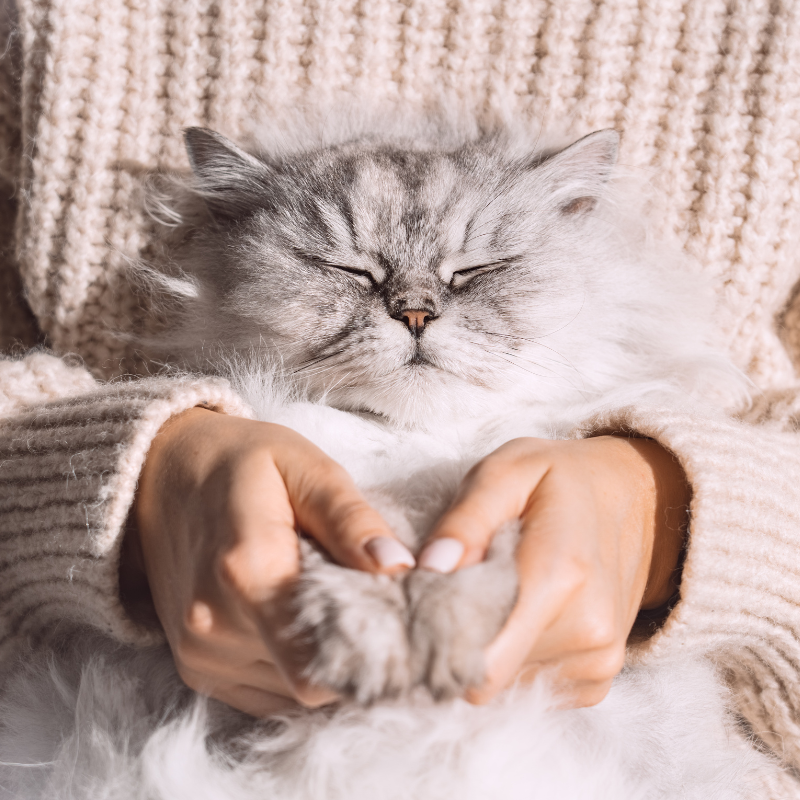
Congratulations on becoming a cat owner! Cats are wonderful companions that can bring joy and comfort to your life. However, they also require some special care and attention to keep them healthy and happy. If you have never owned a cat before, you might have some questions and concerns about how to take care of your new furry friend. That's why we have created this guide to answer some of the most common questions that first-time cat owners have. We will discuss topics like feeding, grooming, and veterinary care, and share some tips to ensure a smooth transition for your cat into your home. Let's get started!
Feeding
Feeding is a crucial aspect of cat care as it significantly impacts their health, growth, and well-being. This article addresses some of the most commonly asked questions about feeding your cat.
What should I feed my cat?
The optimal food for your cat depends on its age, health, and preferences. Generally, cats require a balanced diet consisting of protein, fat, carbohydrates, vitamins, minerals, and water. You have the choice of dry food, wet food, or a mix of both. Dry food is economical and convenient, though it might be less appealing and hydrating for your cat. Wet food, while more appealing and moist, can be costlier and spoil quicker. Treats can also supplement your cat's diet, but ensure they don't exceed 10% of its daily calories. Avoid feeding your cat human food as some items, including chocolate, onions, garlic, grapes, raisins, and dairy products, can be toxic or harmful.
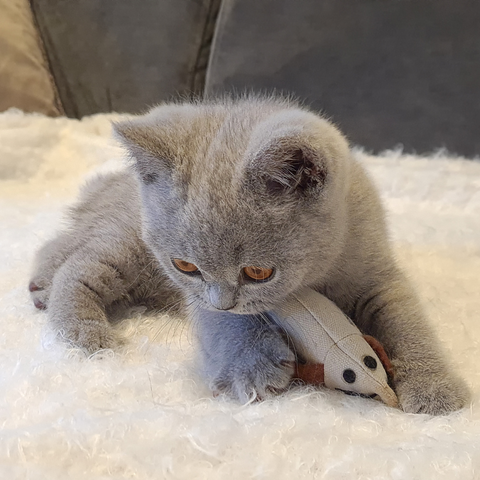
How much and how often should I feed my cat?
The amount and frequency of feeding your cat depend on factors such as age, weight, activity level, and health. Generally, kittens require more food and frequent meals due to their rapid growth and development. Feeding them three to four times a day or leaving dry food for grazing is recommended. Adult cats, more prone to obesity and health issues, need less food and fewer meals. Feeding them twice a day or adhering to the feeding instructions on the food package is advisable. Utilize a measuring cup or a scale to determine the exact amount of food based on their calorie needs. You should consult your veterinarian for feeding recommendations tailored to your cat's breed, weight, age, and specific health needs.
How can I ensure my cat drinks plenty of water?
Water is crucial for your cat's well-being, aiding in digestion, temperature regulation, and toxin elimination. Nevertheless, some cats might not consume enough water, particularly if they eat dry food or have a low thirst drive. Here are a few tips to promote your cat's water intake:
-
Always provide your cat with fresh, clean water, and remember to change it daily.
-
Choose a ceramic, glass, stainless steel, or pet-safe plastic bowl since some cats may be put off by the taste or smell of certain materials.
-
Set the water bowl apart from the food dish, litter box, and noisy appliances since some cats might prefer a tranquil, separate spot for drinking.
-
Offer various water sources to your cat, like different bowls, fountains, or dripping taps, as some cats might prefer a certain type of water movement.
-
Flavor the water with tuna juice, chicken broth, or catnip tea to attract your cat.
-
Include more wet food in your cat's diet as it is more hydrating than dry food.
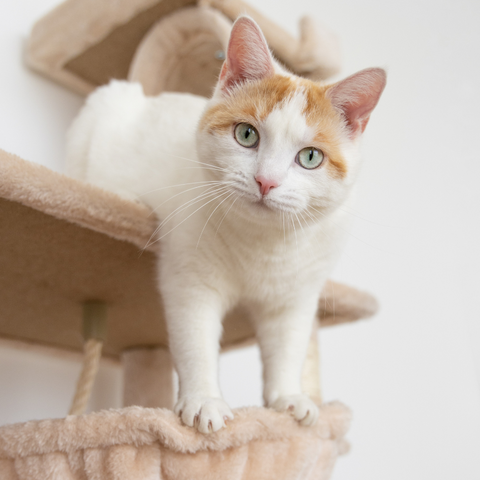
Grooming
Grooming is a significant aspect of cat care. It influences your cat's hygiene, appearance, and comfort. This section addresses some of the most frequently asked questions about grooming your cat.
How do I groom my cat?
Grooming your cat plays a crucial role in their hygiene, appearance, and comfort. It also provides an opportunity to bond with your cat and identify any health issues. The primary elements of cat grooming include brushing, bathing, nail trimming, and dental care.
Brushing
Regularly brushing your cat can help remove loose hair, dirt, and debris, while also preventing mats and tangles. This process can stimulate blood circulation, distribute natural oils, and minimize shedding and hairballs. The frequency and type of brushing depend on your cat's coat length and texture.
Generally, short-haired cats require less brushing than long-haired ones. They may only need a soft-bristled brush applied weekly or biweekly. Long-haired cats require more frequent brushing, potentially daily or every other day, using a wide-toothed comb or a slicker brush. If there are any mats or knots too difficult to brush out, use a mat splitter or scissors to carefully remove them.
Bathing
Bathing your cat is usually not required unless they are exceptionally dirty, have a skin condition, or require a flea treatment. Most cats are efficient self-groomers and dislike getting wet. However, if cat bathing is necessary, follow these steps:
-
Choose a mild shampoo specifically for cats and dogs, avoiding products with alcohol, fragrances, or harsh chemicals.
-
Fill a sink, tub, or basin with warm water. For added comfort and to prevent slipping, place a towel at the bottom.
-
Carefully wet your cat's fur using a spray nozzle or a cup, taking care not to get water in their ears, eyes, nose, or mouth.
-
Apply a modest amount of shampoo to your cat's fur, gently massaging it from head to tail, but avoiding the face and genital area.
-
Thoroughly rinse your cat with clean water, making sure no shampoo residue remains.
-
Wrap your cat in a dry towel and gently blot their fur.
-
Dry your cat with a hair dryer on a low and cool setting.
-
Commend your cat and offer treats and cuddles for their good behavior.
Nail Trimming
Trimming your cat's nails can help prevent scratching, injury, and damage to your belongings. It also maintains the health of your cat's nails and prevents them from growing into their paw pads. The frequency of nail trimming depends on your cat's activity level and nail growth rate. Generally, you can trim your cat's nails every two to four weeks, or when they become too long or sharp. Use cat nail clippers or a nail file and follow these steps:
-
Choose a calm, quiet time and have some treats and toys ready.
-
Gently hold your cat's paw in your hand and lightly press on the pad to expose the nail.
-
Identify the quick, the pink part of the nail containing blood vessels and nerves. Avoid cutting it to prevent pain and bleeding.
-
Trim the tip of the nail, just before the quick, at a 45-degree angle, with a smooth and swift motion.
-
Repeat this process for each nail and check for any rough edges or splinters.
-
Praise your cat and reward it with treats and toys for being cooperative.
Dental Care
Caring for your cat's dental health can prevent plaque, tartar, gingivitis, and other dental issues that could impact their overall health and wellbeing. It also helps to maintain fresh breath and strong teeth. The most effective way to care for your cat's teeth is by brushing them at least once a week using a cat toothbrush and cat toothpaste, both specially designed for feline mouths and tastes. Other options include a finger brush, a gauze pad, or a cotton swab. Here are the steps:
-
Find a time when your cat is calm and relaxed. Have treats and praise ready.
-
Allow your cat to smell and taste the toothpaste, rewarding their curiosity with a treat.
-
Gently lift your cat's lip and brush one or two teeth in a circular motion, rewarding their cooperation with a treat.
-
Gradually increase the number of teeth you brush and the duration of brushing until all teeth have been cleaned.
-
Praise your cat for their patience and reward them with treats and cuddles.
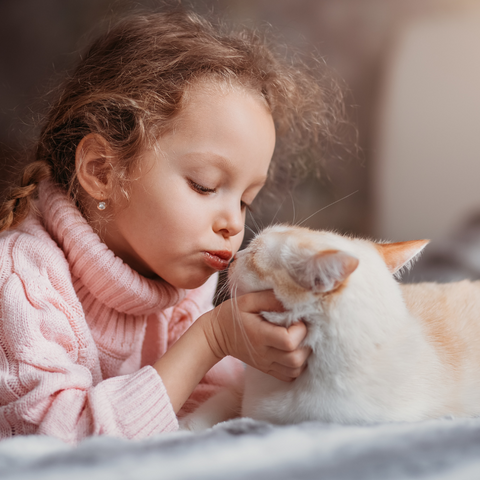
Veterinary Care
One crucial aspect of cat care is veterinary care. Regular vet visits can prevent, diagnose, and treat any potential health issues. Here are some frequently asked questions about veterinary care for cats, along with their answers.
How to Choose a Veterinarian for Your Cat
Choosing a veterinarian for your cat is a crucial decision. A reliable vet provides preventive care, diagnoses, treatments, emergency services, and offers advice and support. When selecting a vet, consider the following factors:
-
Location: Choose a vet close to your home or easily accessible by car or public transport for emergencies and regular visits.
-
Hours: Opt for a vet with convenient, flexible hours that suit your schedule.
-
Services: Look for a vet offering comprehensive services like vaccinations, spaying/neutering, dental care, surgery, lab tests, imaging, and pharmacy.
-
Facilities: Aim for a vet with a clean, comfortable, and well-equipped facility to provide a safe, stress-free environment for your cat.
-
Staff: Opt for a vet with a friendly, professional, and knowledgeable staff who can communicate effectively with you and your cat.
-
Cost: Choose a vet with reasonable and transparent fees, providing estimates and receipts for your cat's care.
-
Reputation: Seek a vet with a good reputation, positive reviews, and can provide references from other cat owners.
Visiting different veterinarians and asking questions about their practices, policies, and procedures can also help. Observe how they interact with you and your cat, and how your cat reacts to them. Asking for recommendations from other cat owners, friends, family, or online sources can be beneficial too.
How often should I take my cat to the veterinarian?
How often you should take your cat to the veterinarian depends on their age, health, and lifestyle. Generally, it's recommended to schedule a routine check-up at least once a year. This check-up might include a physical exam, weight check, vaccination update, parasite screening, blood test, and dental exam.
If your cat is a kitten, senior, has a chronic condition, or requires special care, you may need to arrange more frequent visits. Additionally, if you notice any signs of illness or injury, it's important to take your cat to the veterinarian right away. These signs might include:
-
Changes in appetite, weight, or water intake
-
Changes in behavior, activity, or mood
-
Changes in litter box habits, such as frequency, consistency, or color of urine or feces
-
Vomiting, diarrhea, or constipation
-
Coughing, sneezing, or difficulty breathing
-
Excessive scratching, licking, or biting
-
Bald patches, rashes, or wounds on the skin or fur
-
Swelling, lumps, or bumps on the body
-
Bad breath, drooling, or difficulty chewing
-
Limping, stiffness, or difficulty moving
-
Eye discharge, redness, or cloudiness
-
Ear discharge, odor, or scratching
-
Fever, lethargy, or weakness

Conclusion
In conclusion, being a first-time cat owner is a journey filled with joy, surprises, and responsibilities. By understanding the basics of feeding, grooming, and veterinary care, you can ensure that your feline friend enjoys a healthy and happy life. Always remember, cat care involves continuous learning and adapting to your pet's unique needs. This guide serves as a starting point and your relationship with your cat will be the greatest teacher. Always consult your veterinarian for specific and personalized advice, as they are the experts in pet health and well-being. Enjoy this rewarding experience!
















